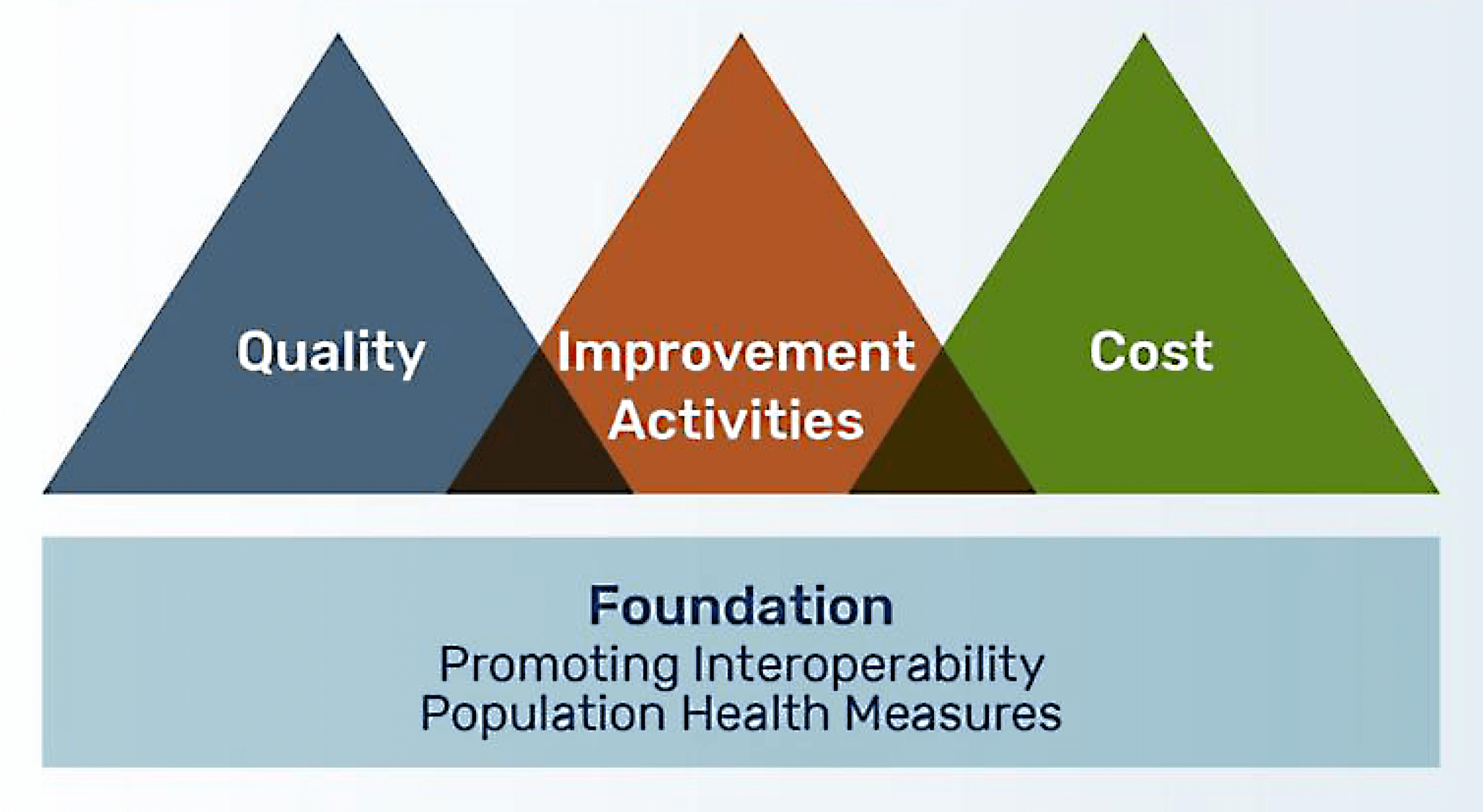Merit-based Incentive Payment System (MIPS) Value Pathway G0055 is titled “Advancing Care for Heart Disease,” and it focuses on the clinical theme of providing fundamental treatment and management of costly clinical conditions that contribute to or may result from heart disease. One of the Quality Measures (QM) that may be reported for MVP G0055 is QM 005, which is titled “Heart Failure (HF): Angiotensin-Converting Enzyme (ACE) Inhibitor or Angiotensin Receptor Blocker (ARB) or Angiotensin Receptor-Neprilysin Inhibitor (ARN) Therapy for Left Ventricular Systolic Dysfunction (LVSD).
Measure QM 005 is intended to reflect the quality of services provided for patients with heart failure (HF) and decreased left ventricular systolic function. There are two submission criteria for this measure:
- All patients with a diagnosis of HF assessed during an outpatient encounter
OR
- All patients with a diagnosis of HF and discharged from hospital.
The denominator options included in the QM 005 specification are used to submit the quality actions allowed by the measure, and the eligible denominator criteria include the following heart failure ICD-10-CM diagnosis codes:
| I11.0 | Hypertensive heart disease with heart failure |
| I13.0 | Hypertensive heart and chronic kidney disease with heart failure and stage 1 through stage 4 chronic kidney disease, or unspecified chronic kidney disease |
| I13.2 | Hypertensive heart and chronic kidney disease with heart failure and with stage 5 chronic kidney disease, or end stage renal disease |
| I50.1 | Left ventricular failure, unspecified |
| I50.20 | Unspecified systolic (congestive) heart failure |
| I50.21 | Acute systolic (congestive) heart failure |
| I50.22 | Chronic systolic (congestive) heart failure |
| I50.23 | Acute on chronic systolic (congestive) heart failure |
| I50.30 | Unspecified diastolic (congestive) heart failure |
| I50.31 | Acute diastolic (congestive) heart failure |
| I50.32 | Chronic diastolic (congestive) heart failure |
| I50.33 | Acute on chronic diastolic (congestive) heart failure |
| I50.40 | Unspecified combined systolic (congestive) and diastolic (congestive) heart failure |
| I50.41 | Acute combined systolic (congestive) and diastolic (congestive) heart failure |
| I50.42 | Chronic combined systolic (congestive) and diastolic (congestive) heart failure |
| I50.43 | Acute on chronic combined systolic (congestive) and diastolic (congestive) heart failure |
| I50.814 | Right heart failure due to left heart failure |
| I50.82 | Biventricular heart failure |
| I50.83 | High output heart failure |
| I50.84 | End stage heart failure |
| I50.89 | Other heart failure |
| I50.9 | Heart failure, unspecified |
DOCUMENTATION GUIDELINES:
- The following types of heart failure should be accompanied by more details – such as “decompensated acute and chronic diastolic heart failure” – otherwise, the ICD-10-CM classification defaults to code I50.9 (Heart failure, unspecified):
- Compensated
- Decompensated
- Low Output
- Stage B
- Stage C.
- When a patient with heart failure is also diagnosed with hypertension and the conditions are unrelated, clearly document such in the patient’s medical record. The ICD-10-CM classification presumes a causal relationship between hypertension and heart involvement unless the provider’s documentation clearly states that the conditions are unrelated.
- Documentation of systolic or diastolic “heart dysfunction” is not documentation of systolic or diastolic “heart failure.” Clearly link a systolic dysfunction or diastolic dysfunction with heart failure in order for it to be reported as systolic or diastolic heart failure.1
- ICD-10-CM codes for heart failure stages A, B, C, and D are based on the American College of Cardiology and the American Heart Association stages of heart failure, which complement and should not be confused with the New York Heart Association Classification of Heart Failure into Class I, Class II, Class III, and Class IV.
- Clearly document “postoperative heart failure” by documenting the name of the surgical procedure and the causal relationship to the heart failure. NOTE: Postprocedural heart failure ICD-10-CM codes I97.130 and I97.131 are not included in QM 005.
For more information download the MVP G0055, the QM 005 MIPS CQM Specification, the ICD-10-CM Official Guidelines for Coding and Reporting, and/or contact [email protected].
1BERNARD, S. P. (2020). Risk adjustment documentation & coding (2nd ed.). AMER MEDICAL Association.

